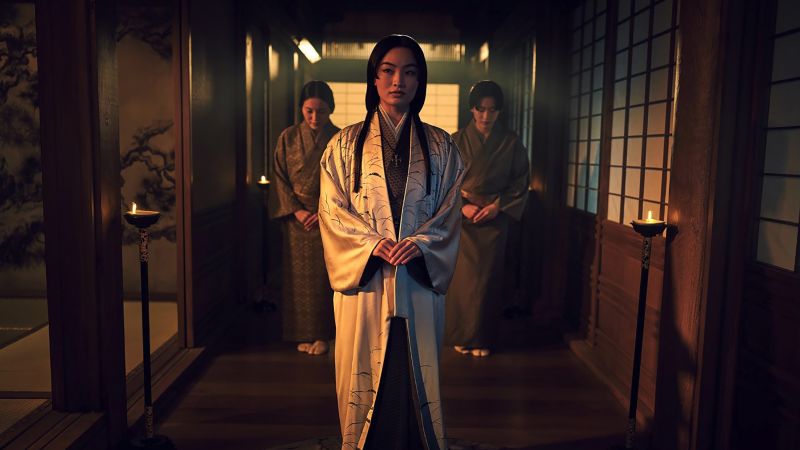Editor’s Note: The following contains spoilers about “Shōgun.”
CNN
—
The 1980 miniseries “Shōgun” is rightly considered a landmark of its time, both creatively and commercially. Yet the recent FX/Hulu retelling of James Clavell’s epic novel set in feudal Japan brought the story into the 21st century with a production that improved on it in fundamental ways, while reflecting how the TV landscape has changed over that time.
Although the bones of the new 10-part limited series remained the same, the perspective shifted in part away from the English character, John Blackthorne (Cosmo Jarvis), and toward Lord Toranaga (Hiroyuki Sanada) and Lady Mariko (Anna Sawai), evidence of a more global TV environment. That included a heavily subtitled production for a US audience whose resistance to them is reduced now (see the success of programs like “Squid Game”) from what it was back then.
Indeed, NBC’s concerns about that in 1980, and whether Americans would embrace a project featuring predominantly Japanese characters, could be seen in the extent to which the story centered on Blackthorne. The result, of course, helped burnish Richard Chamberlain’s claim to the title “king of the miniseries,” but it resulted in somewhat underplaying the role of Toshiro Mifune as Toranaga, and the use of narration by Orson Welles.
The new version also significantly expanded and enhanced the female roles, in subtle and not-so-subtle ways, peaking with Mariko’s acts of heroism and sacrifice in the penultimate episode. While that makes sense, the skill with which the producers engineered it feels like no small feat given the male-dominated structure of feudal Japanese society and the military underpinnings of the plot.
“Shōgun” further benefited, then and now, from being a true limited series (the term “miniseries” having fallen out of use), telling a self-contained story with a beginning, middle and end. Thanks to its combination of critical acclaim and popularity (albeit on a much lesser scale than what was possible in the days of three broadcast networks), there’s already speculation about ways to extend that, but the idea of crafting some sort a prequel or sequel seems misguided and, given the resolution of Toranaga’s meticulous plotting, unnecessary.
Hollywood’s appetite for remaking past artifacts has been one of the constants of the industry, as we head into a summer movie-going season that kicks off with “The Fall Guy,” adapted from a TV show that premiered the year after “Shōgun” did.
From that perspective, “Shōgun’s” finale cemented its status as a model and beacon for that practice, setting the kind of high bar for remakes that will be difficult to dethrone.









